1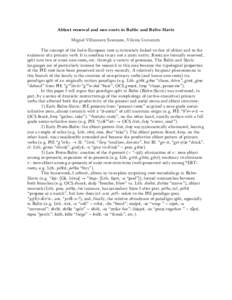 | Add to Reading ListSource URL: fachtagung-ig2016.univie.ac.atLanguage: English - Date: 2016-06-23 08:40:26
|
|---|
2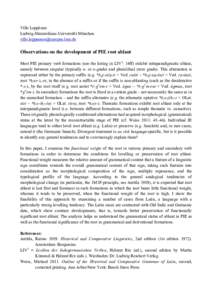 | Add to Reading ListSource URL: fachtagung-ig2016.univie.ac.atLanguage: English - Date: 2016-06-23 08:38:12
|
|---|
3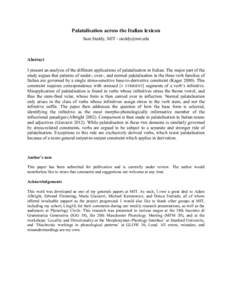 | Add to Reading ListSource URL: roa.rutgers.eduLanguage: English - Date: 2015-05-29 14:21:14
|
|---|
4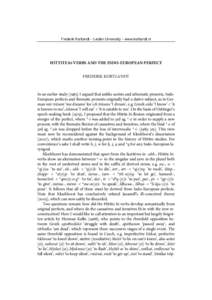 | Add to Reading ListSource URL: www.kortlandt.nlLanguage: English - Date: 2012-09-25 04:48:12
|
|---|
5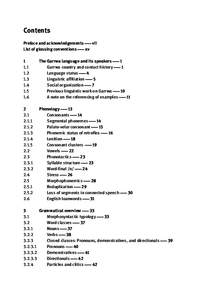 | Add to Reading ListSource URL: www.degruyter.comLanguage: English |
|---|
6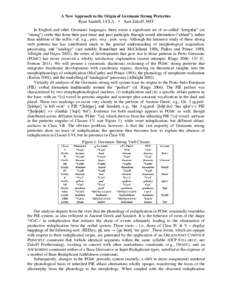 | Add to Reading ListSource URL: nels45.mit.eduLanguage: English - Date: 2014-10-28 01:13:48
|
|---|
7 | Add to Reading ListSource URL: downloads.bbc.co.ukLanguage: English - Date: 2008-08-20 10:46:42
|
|---|
8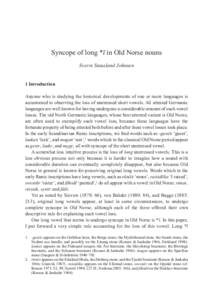 | Add to Reading ListSource URL: folk.uio.noLanguage: English - Date: 2012-08-03 10:03:36
|
|---|
9![Lexical and morphological conditioning of paradigm gaps Adam Albright MIT Draft: April[removed]Comments welcome) 1 Lexical and morphological conditioning of paradigm gaps Adam Albright MIT Draft: April[removed]Comments welcome) 1](https://www.pdfsearch.io/img/79dc72cd5766a8bb632e47cc3d1b1f45.jpg) | Add to Reading ListSource URL: web.mit.eduLanguage: English - Date: 2007-07-02 12:26:06
|
|---|
10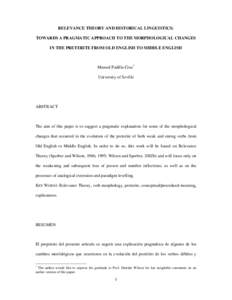 | Add to Reading ListSource URL: personal.us.esLanguage: English - Date: 2012-12-17 12:50:45
|
|---|